|
| |
|
|
|
|
| 1 |
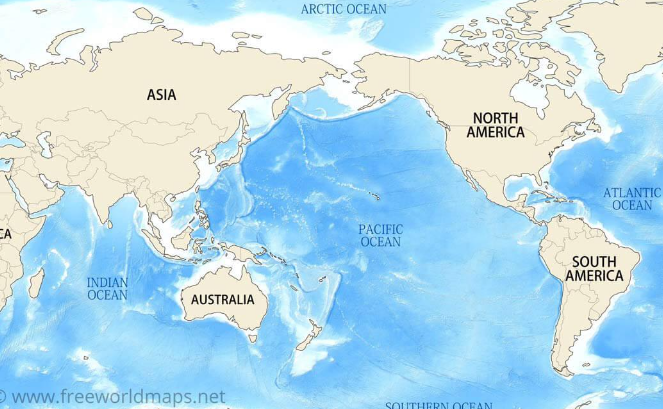 |
461 R 915 C How Big is the Ocean?
The ocean is vast, covering 71% of Earth's surface and consisting of one massive body of water made up of five basins: the Pacific, Atlantic, Indian, Arctic, and Southern. Together, they hold over 1.3 billion cubic kilometers of water, accounting for 97% of Earth's total water and 99% of the planet'...
|
|
VOCA
READING
BLOCK
ORDER
더빙연습 |
|
| 2 |
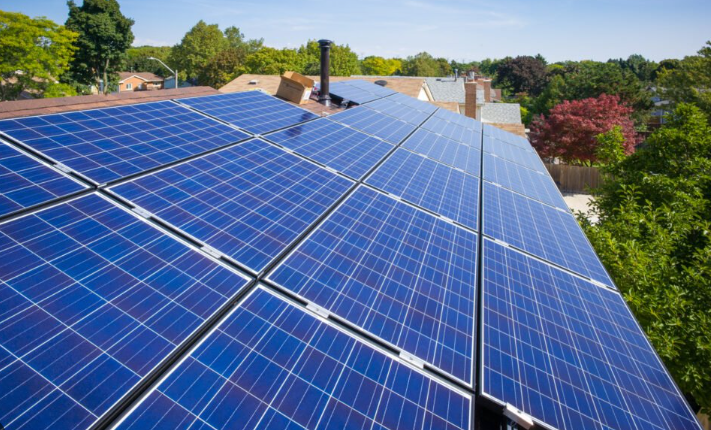 |
1132 R 1244 C Harnessing Solar Energy
The Earth receives a vast amount of solar energy—173,000 terawatts—far more than humanity currently uses. Solar panels work by converting this solar energy into electrical energy using solar cells made primarily of silicon. These cells contain two layers of silicon: n-type, which has ext...
|
|
VOCA
READING
BLOCK
ORDER
더빙연습 |
|
| 3 |
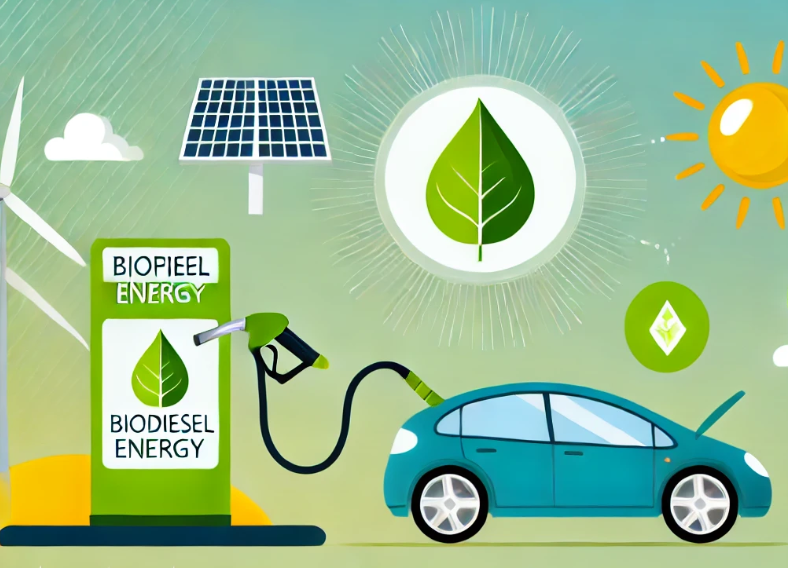 |
987 R 955 C The Rebirth of Used Cooking Oil
Used cooking oil, often considered waste, can be recycled into biodiesel, a cleaner alternative to traditional diesel fuel. When disposed of improperly, this oil can clog drains and sewage systems, causing pollution and flooding. Instead of throwing it away, used cooking oil can be repurposed into b...
|
|
VOCA
READING
BLOCK
ORDER
더빙연습 |
|
| 4 |
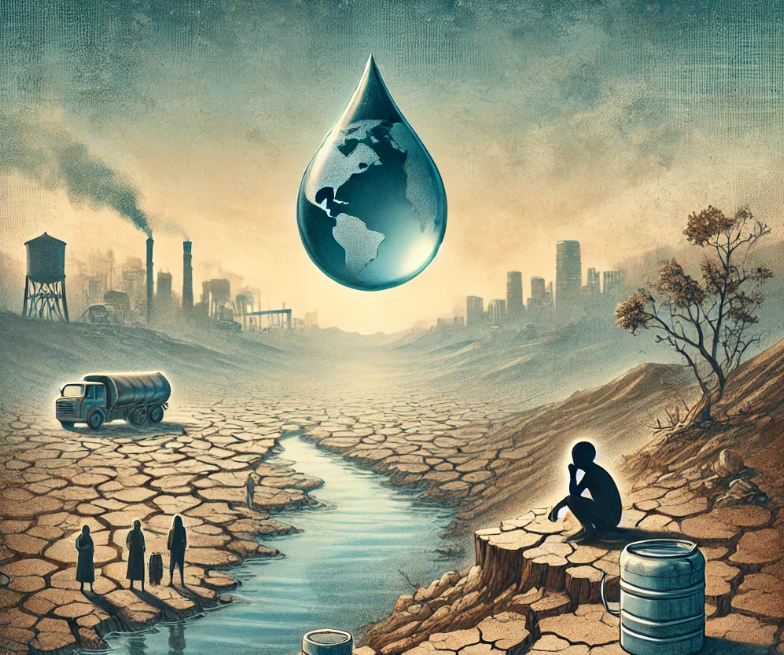 |
1160 R 1301 C The Global Water Crisis
Many people may not realize it, but the world is facing a severe shortage of fresh water. While water flows easily from taps in some areas, this is not the reality for everyone. In many parts of the world, especially in poorer regions, people—mostly women and girls—walk long distances da...
|
|
VOCA
READING
BLOCK
ORDER
더빙연습 |
|
| 5 |
 |
1203 R 1387 C The Melting Permafrost
In June 2022, a gold miner in Canada's Yukon uncovered a well-preserved woolly mammoth calf, showcasing the Arctic's ability to preserve ancient biological remains due to permafrost. Permafrost, which covers about 15% of the Northern Hemisphere, consists of ground that has remained frozen for at lea...
|
|
VOCA
READING
BLOCK
ORDER
더빙연습 |
|
| 6 |
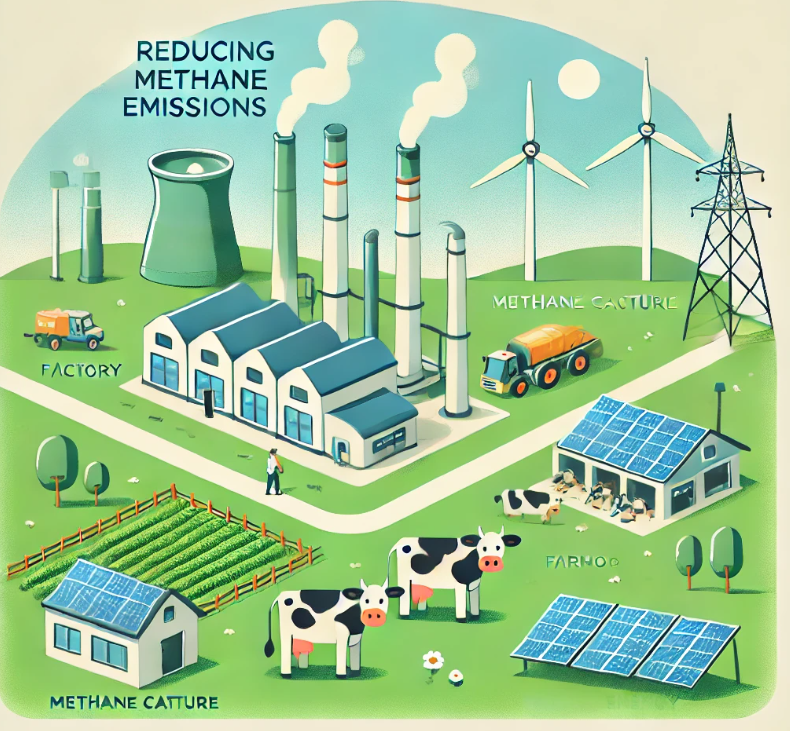 |
1235 R 1450 C Reduce methane emissions
Earth is constantly leaking materials, including atoms, energy, and gases, from different layers of the planet. For instance, Earth's atmosphere loses about 90 tons of material each day as atoms like hydrogen escape into space. Similarly, Earth's core is gradually losing heat, causing the liquid met...
|
|
VOCA
READING
BLOCK
ORDER
더빙연습 |
|
| 7 |
 |
1077 R 1134 C The Fate of Plastic: From Landfills to Rebirth
This is the story of three plastic bottles, each discarded but with vastly different fates. Plastic is created by bonding oil and gas molecules into polymers, which are then shaped into bottles. After being used and thrown away, these bottles follow distinct paths that affect the environment.
The...
|
|
VOCA
READING
BLOCK
ORDER
더빙연습 |
|
| 8 |
 |
1253 R 1487 C Covering Deserts with Solar Panels
The Sahara Desert receives far more solar energy each year than humanity uses, leading many to wonder if covering it with solar panels could solve our energy problems. Solar panels convert sunlight into electricity by knocking electrons loose, but they can only convert about 25% of the energy they r...
|
|
VOCA
READING
BLOCK
ORDER
더빙연습 |
|
| 9 |
 |
1056 R 1092 C Why Biodiversity is Crucial for Survival
Our planet's ecosystems, while appearing stable, are vulnerable to collapse without the need for catastrophic events. Biodiversity plays a key role in the strength of these ecosystems. Biodiversity consists of three main components: ecosystem diversity, species diversity, and genetic diversity. The ...
|
|
VOCA
READING
BLOCK
ORDER
더빙연습 |
|
| 10 |
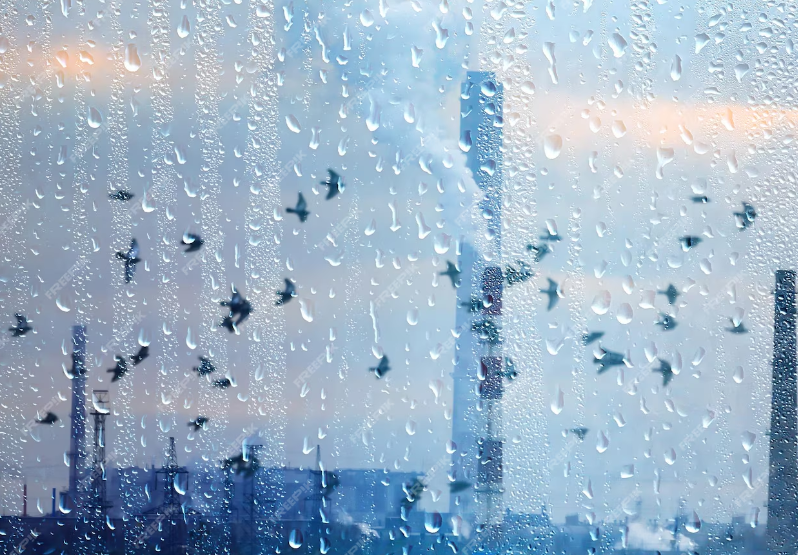 |
1167 R 1315 C How Acid Rain Was Reduced
In the 1960s, scientists discovered that rain in New Hampshire was becoming extremely acidic, which threatened ecosystems. The cause was traced to oxides of nitrogen and sulfur dioxide, pollutants emitted by power plants, refineries, and vehicles. These pollutants reacted with water in the atmospher...
|
|
VOCA
READING
BLOCK
ORDER
더빙연습 |
|
| 11 |
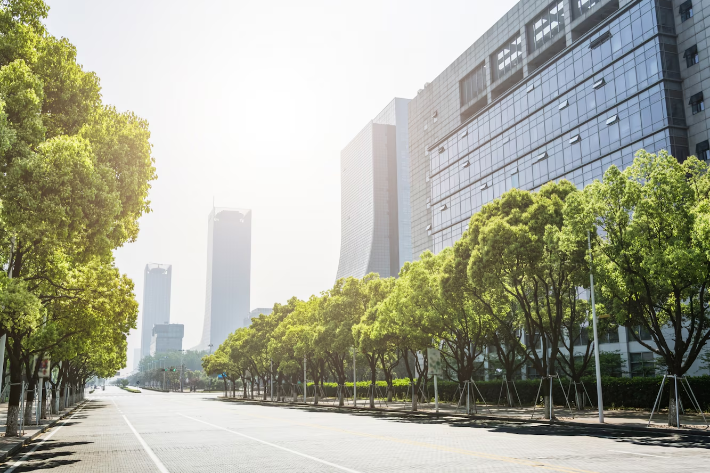 |
1119 R 1219 C Remove All Trees From a City?
The story of two ancient cities, Uruk and Anuradhapura, illustrates the crucial role of trees in urban environments. Uruk, an ancient city in Mesopotamia, cut down trees to expand farmland, which led to the contamination of their irrigation system and the collapse of agriculture. Meanwhile, Anuradha...
|
|
VOCA
READING
BLOCK
ORDER
더빙연습 |
|
| 12 |
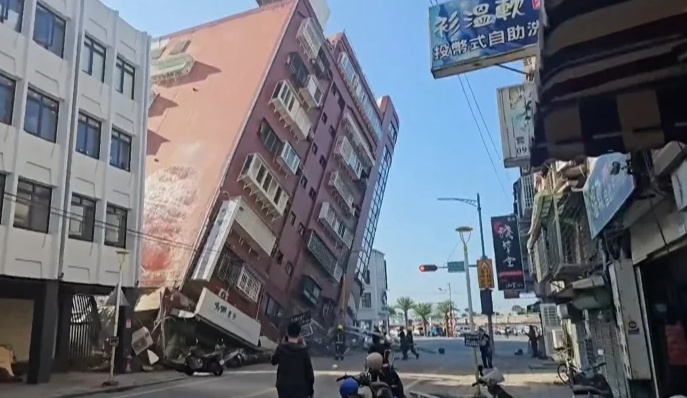 |
1083 R 1146 C Why Are Earthquakes So Difficult to Predict?
In 132 AD, Chinese polymath Zhang Heng invented a device that could detect earthquakes and the direction of their origin. While we no longer rely on such devices, predicting earthquakes remains challenging due to the complex nature of Earth's tectonic plates and the many variables involved.
Earth...
|
|
VOCA
READING
BLOCK
ORDER
더빙연습 |
|
| 13 |
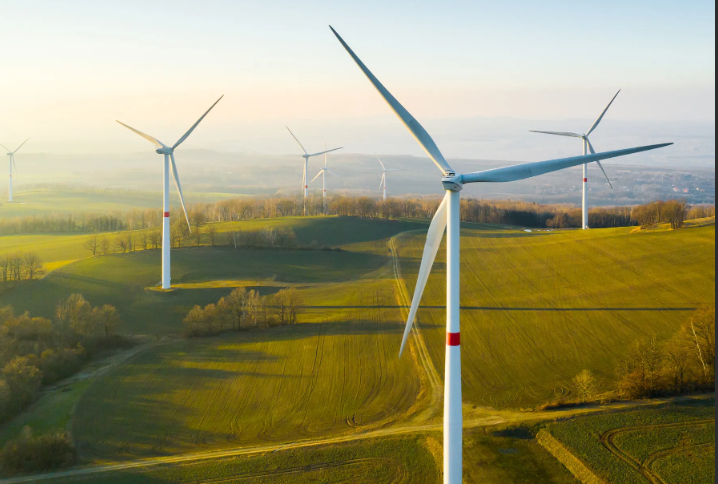 |
1092 R 1165 C How Wind Turbines Work
Every day, wind generates significantly more energy than humanity uses, and wind turbines help convert this kinetic energy into electricity. Wind turbines work by using blades mounted on a rotor, which capture wind's kinetic energy and convert it into rotational energy. This rotation drives a genera...
|
|
VOCA
READING
BLOCK
ORDER
더빙연습 |
|
| 14 |
 |
1115 R 1211 C The Largest River on Earth is in the Sky
The Amazon rainforest is not only home to the Amazon River but also to invisible "flying rivers," which are streams of humid air that carry more water than the Amazon River itself. These flying rivers are formed by trees, which transpire large amounts of water into the atmosphere. Carried by the win...
|
|
VOCA
READING
BLOCK
ORDER
더빙연습 |
|
| 15 |
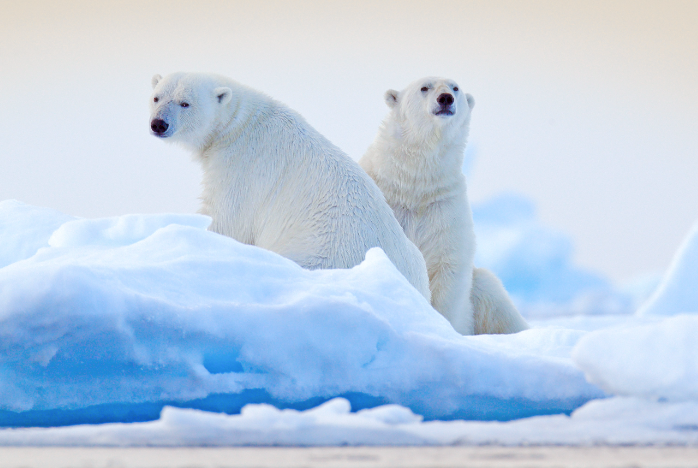 |
1078 R 1136 C Can Wildlife Adapt to Climate Change?
As climate change progresses, species must adapt to survive. While humans use technology to respond to these changes, many plants and animals rely on evolution to cope with rising temperatures, shifting landscapes, and other environmental challenges. Evolutionary adaptation typically takes thousands...
|
|
VOCA
READING
BLOCK
ORDER
더빙연습 |
|
| 16 |
 |
1045 R 1071 C Can the Ocean Run Out of Oxygen?
Every summer, large areas of the Gulf of Mexico turn into marine dead zones, where aquatic life cannot survive due to a lack of oxygen. This phenomenon, known as eutrophication, occurs when excessive nutrients, particularly nitrogen and phosphorus, enter the water, leading to an overgrowth of algae....
|
|
VOCA
READING
BLOCK
ORDER
더빙연습 |
|
| 17 |
 |
1079 R 1138 C Why Is Rice So Popular?
Rice is a staple food worldwide, contributing over 20% of the global calorie intake and forming the base of many iconic dishes like bibimbap, jollof, biryani, and paella. The domestication of rice began over 10,000 years ago in Asia, Africa, and South America. Asian rice, first domesticated in what ...
|
|
VOCA
READING
BLOCK
ORDER
더빙연습 |
|
| 18 |
 |
1106 R 1193 C The Carbon Cycle and Climate Change
Carbon dioxide (CO2) is a major greenhouse gas contributing to climate change. It enters the atmosphere through a natural carbon cycle. The sun provides energy, which plants use in photosynthesis to absorb CO2 from the air, converting it into stored energy in the form of carbohydrates. When animals ...
|
|
VOCA
READING
BLOCK
ORDER
더빙연습 |
|
| 19 |
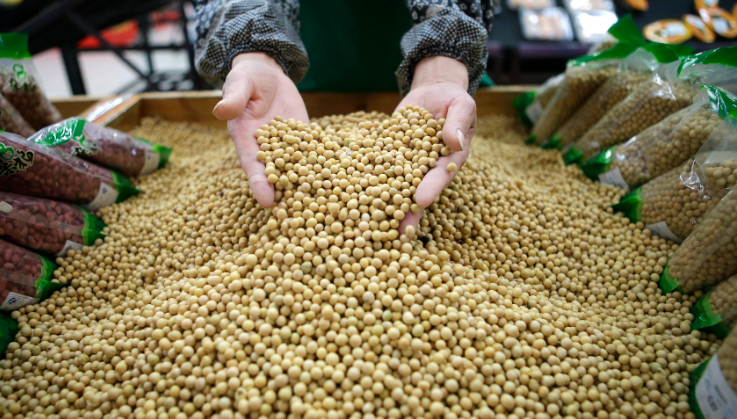 |
943 R 867 C The Ubiquitous Soybean
In the 1930s, Henry Ford promoted soybeans not just for industrial use but also for food. Soy has become a staple in many modern foods due to its versatility and affordability. Soybeans are rich in proteins and fats, which can be extracted for various uses. Soy proteins are used in foods like tofu a...
|
|
VOCA
READING
BLOCK
ORDER
더빙연습 |
|
| 20 |
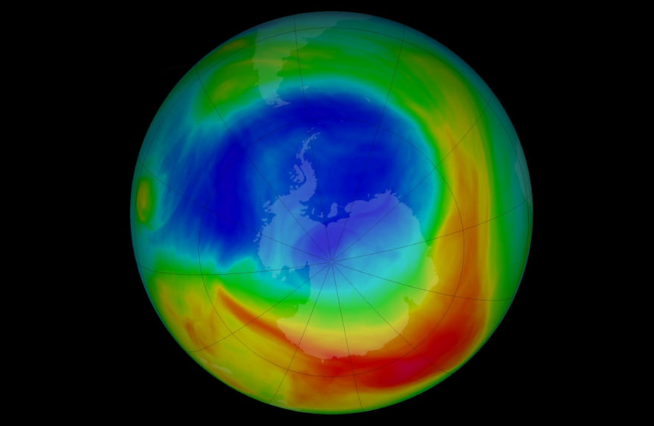 |
1027 R 1035 C The Ozone Hole
In the 1980s, scientists discovered a hole in the ozone layer caused by chemicals known as chlorofluorocarbons (CFCs), commonly used in everyday products like refrigerators and spray cans. CFCs, when released into the atmosphere, break down and release chlorine atoms, which destroy ozone molecules i...
|
|
VOCA
READING
BLOCK
ORDER
더빙연습 |
|
| 21 |
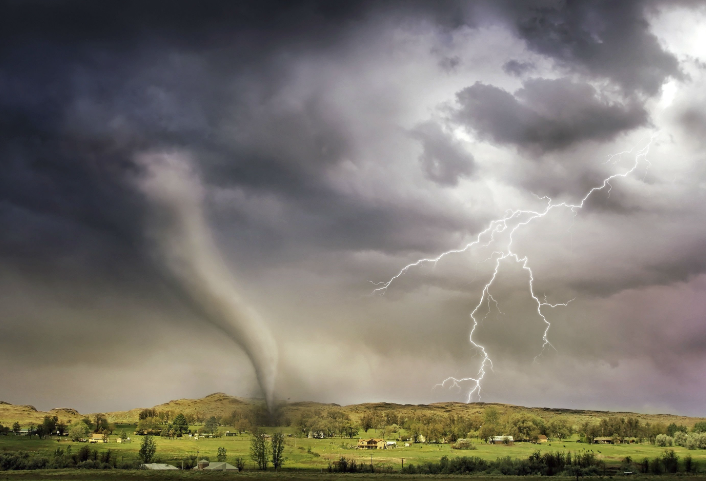 |
1104 R 1189 C Is the Weather Becoming More Extreme?
From 2016 to 2019, record-breaking heatwaves, wildfires, and strong cyclones occurred worldwide, and extreme weather events have been increasing over the past 40 years. This raises the question of whether these disasters are just bad weather or if they are caused by climate change. To understand thi...
|
|
VOCA
READING
BLOCK
ORDER
더빙연습 |
|
| 22 |
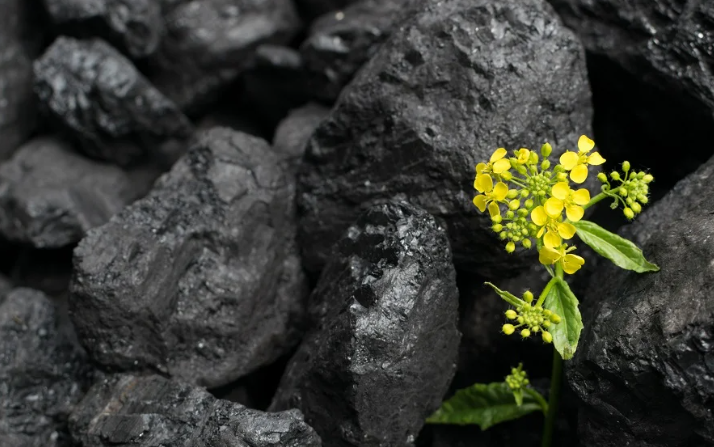 |
1145 R 1270 C How to Make Cleaner Coal
Coal powers 40% of the world's electricity but also causes severe environmental harm, emitting pollutants like sulfur dioxide, nitrogen oxides, and carbon dioxide (CO2). Though some countries have reduced the pollutants responsible for issues like acid rain and smog, coal remains the largest source ...
|
|
VOCA
READING
BLOCK
ORDER
더빙연습 |
|
| 23 |
 |
1143 R 1266 C Does Planting Trees Actually Cool the Planet?
Planting trees is a popular solution to climate change because trees absorb CO2 from the atmosphere. However, large-scale tree planting efforts don’t always have the intended effect. For example, Chile’s government funded the planting of over a million hectares of new trees between 1974 and 2012...
|
|
VOCA
READING
BLOCK
ORDER
더빙연습 |
|
| 24 |
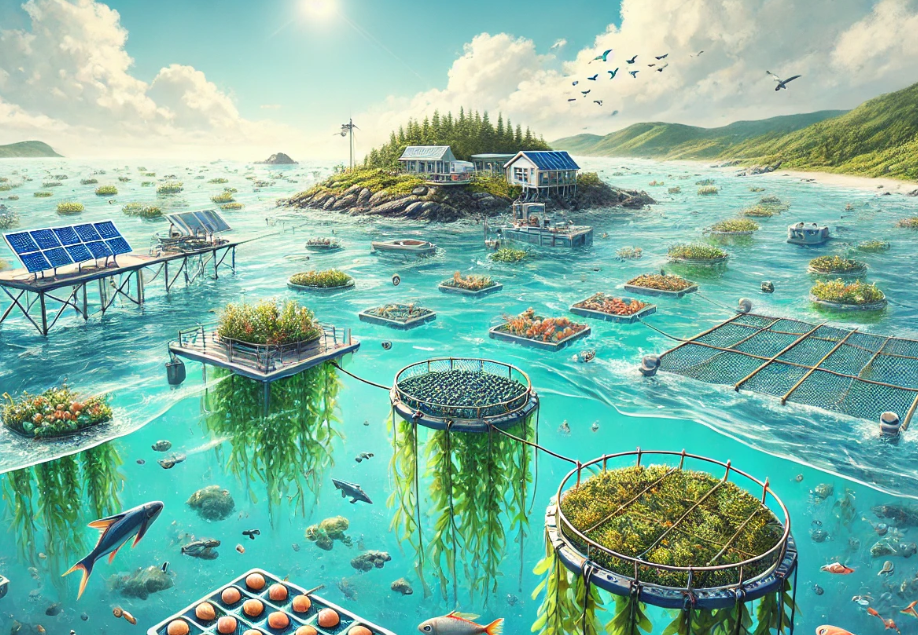 |
960 R 900 C A Sustainable Solution for Climate Change
Seafood is a major source of nutrition for 3 billion people, but overfishing has depleted wild fisheries. To meet growing demand, aquaculture, or aquatic farming, has become one of the fastest-growing food industries. However, traditional aquaculture methods, such as net pens for fish and coastal po...
|
|
VOCA
READING
BLOCK
ORDER
더빙연습 |
|
| 25 |
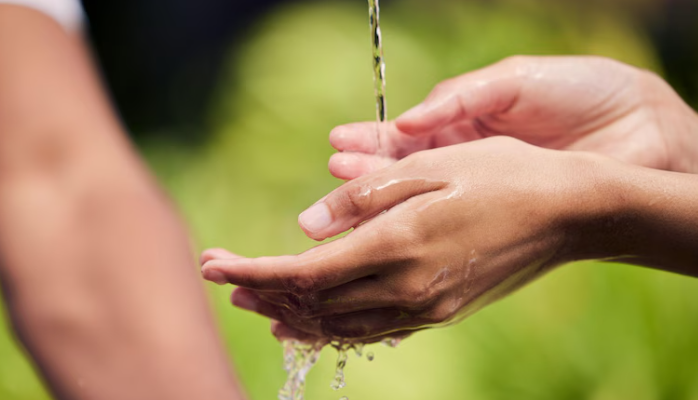 |
1028 R 1037 C Turning Wastewater into Drinkable Water
In 2003, Singapore launched a groundbreaking program to recycle wastewater for over 50% of its water supply. As droughts increase globally, more regions face the need to reuse wastewater. The water we flush—gray water, yellow water, and black water—contains dangerous contaminants like pa...
|
|
VOCA
READING
BLOCK
ORDER
더빙연습 |
|